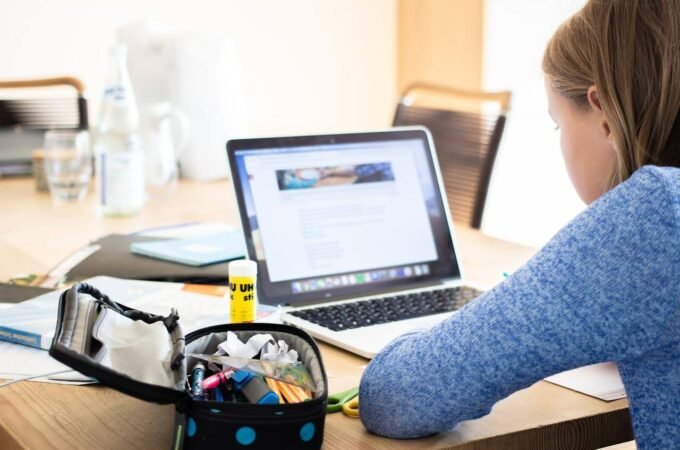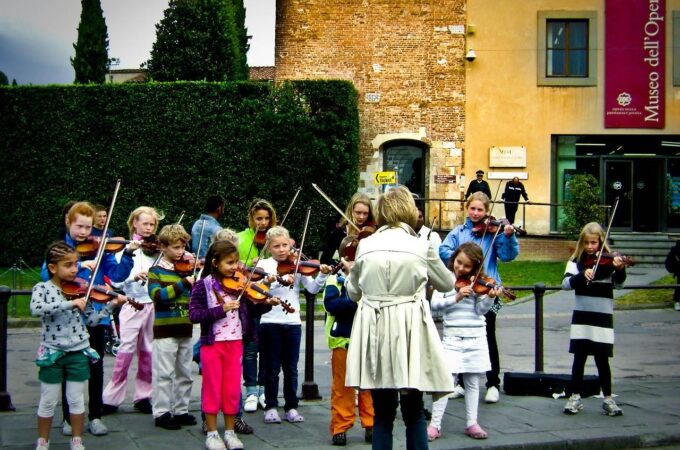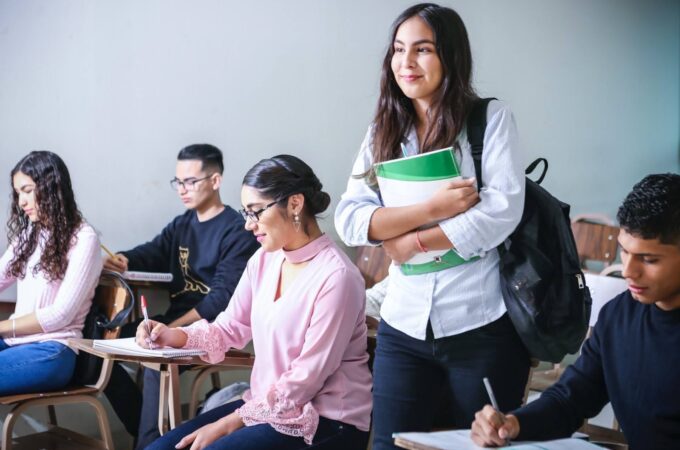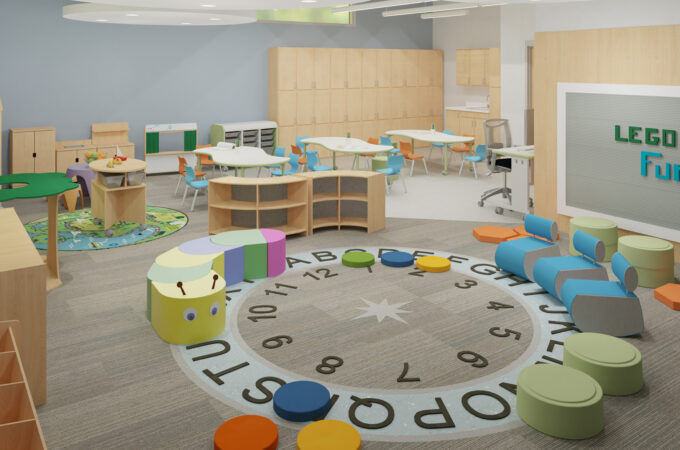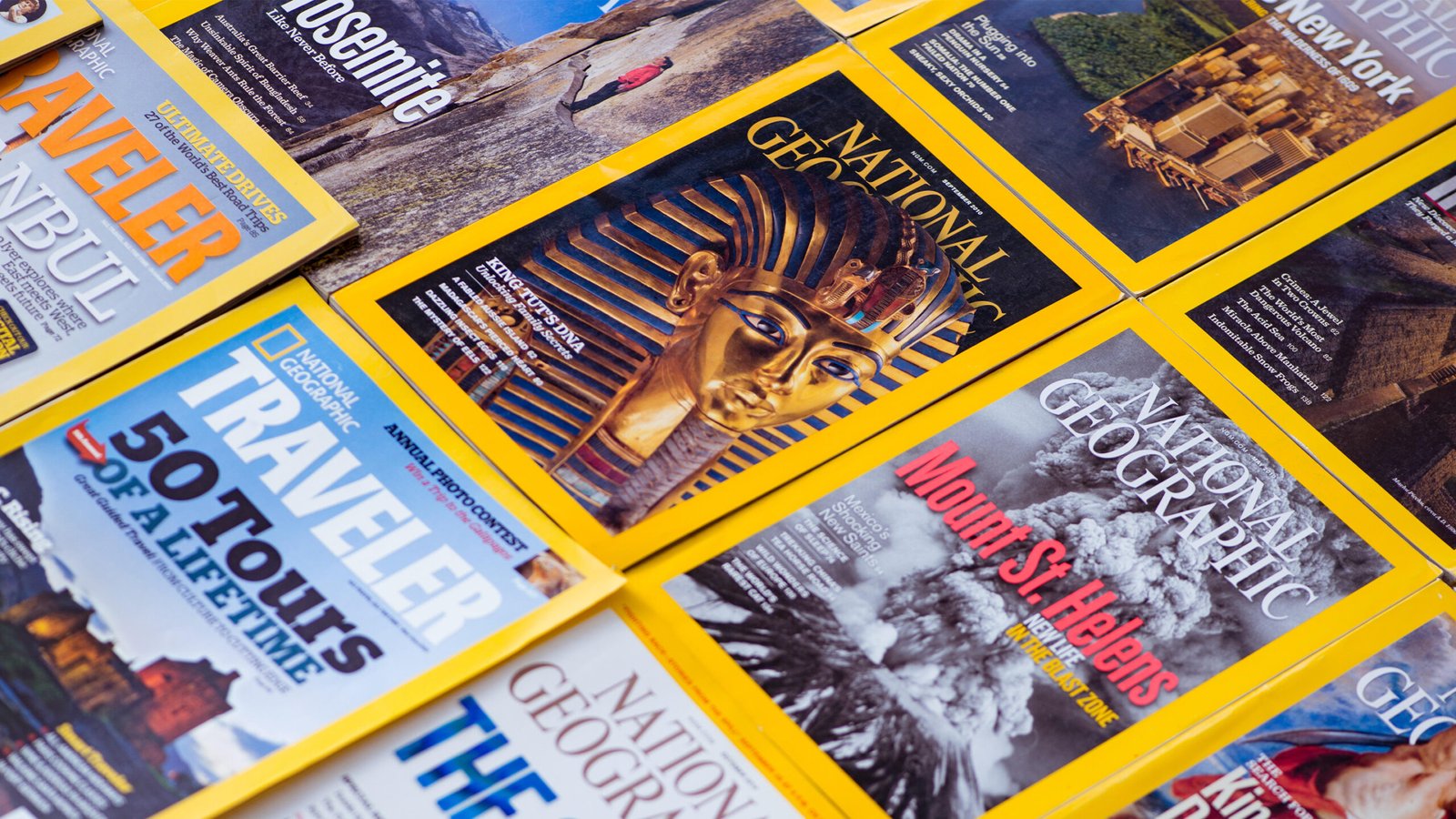
How Magazines Can Be Used in the Classroom
Magazine articles offer a wealth of new information presented in an engaging format. Often times they are shorter than newspaper articles and books, making them more manageable for students to read.
Ask students to examine several magazines and discuss the different types of content they find. This is a great way to practice reading and speaking skills.
They Help Build Reading Skills
Magazine articles provide the perfect text type to help students build reading comprehension skills. These high-interest, nonfiction texts contain multiple text features that can be used to teach vocabulary words and reading strategies, such as captions, headings, bolded words, sidebars, and charts. Additionally, magazine articles often have a wide range of topics that can be tied to core content areas such as science, history, math, and technology.
Magazines also have many engaging visual images and illustrations that can help to increase student engagement. In fact, students who are engaged in reading for fun are more likely to take a greater interest in learning new information and concepts. This is why it’s important to offer students a variety of text types to encourage and support their reading skills.
With the new SAT English section requiring more and more complex vocabulary, it’s important to offer students a broad range of words in their reading materials. Students need to deeply understand how different words function in various contexts. This is one of the biggest reasons why magazines are so effective in building reading skills.
The short blocks of text and brightly colored illustrations found in magazines are great for enhancing student understanding and retention. In addition, the topic-specific nature of these articles means that they are easy for students to engage with and understand. Furthermore, short articles are easier for students to digest than large basal textbooks, making them a more comfortable choice for reluctant readers.
Moreover, the multiple text genres and range of topics in magazines allow teachers to integrate literacy into any subject area. This is particularly helpful when teaching social studies, geography, science, and health and physical education because these articles can support what students are learning in those areas.
Additionally, the articles can serve as a springboard for further research and exploration at the library and through online resources. In addition, the back-page interactive activities and games offer a way for students to practice their writing skills. These activities are ideal for whole-group instruction and for students who require extra practice with specific skills.
They Help Build Writing Skills
Magazines provide the perfect opportunity to explore a variety of writing styles. From captions and stories to letter writing, poems, and newspaper reports – a pupil magazine allows pupils to experience all these genres while gaining a real sense of pride in their work as they get it published. Writing for a real audience can also help build skills as they learn about appropriate grammar and punctuation. And experimenting with languages such as similes, onomatopoeia, and metaphors becomes easier when they see examples of them being used in the real world – a feature of many of our pupil magazines.
The high-interest nonfiction articles found in most magazines offer great teaching resources that cover all content areas. In addition to text and graphic features such as captions, bold words, sidebars, charts, and graphs, these articles can cover content such as history, science, nature, math, and technology. They can even be used to teach specific standards such as close reading analysis and supporting claims with evidence.
Reading and responding to the various articles in a magazine can also lead to a great writing project. Pupils can create their own pieces inspired by the photos, illustrations, and captions they read. They can also write poetry based on poetic forms and devices such as rhyming texts, alliteration, onomatopoeia, metaphors, and similes that are found in many of our pupil magazines. They can even learn to write using the different scripts found in the magazine, such as hieroglyphics, by dictating on a whiteboard and then drawing their names in their chosen script.
Similarly, the news and world-focused articles in many of our magazines are a great way to teach a range of social studies skills. This can include learning about different cultures from Faces magazine, which focuses on a single culture in each issue. It can also cover the geography, history, and traditions of that particular culture, as well as key vocabulary, stories, and comics.
A great way to bring your classroom magazine to life is by using it as the basis for a daily ‘Magazine Power Hour,’ which replaces one of the regular reading lessons each month. This allows students to choose any article from their magazine to read in small groups and then meet with a peer to discuss what they have read, how it is written, and what they have learned.

They Help Build Math Skills
Magazines are a great way to help students with math skills. They offer visual aids such as charts, graphs, and tables that can be used to supplement learning. Magazines also provide articles on topics such as history, science, nature, music, and math that can support classroom curriculum. Magazines can also be used to teach students about different types of text, such as captions, bolded words, and content vocabulary. Many magazines are also accessible for visually impaired students through the use of photographs and other graphic images.
Students can also develop their writing skills by creating a class magazine. This is an excellent way to get students excited about the process of writing and publishing a piece of work. It also helps students understand the importance of drafting, writing, and editing their work before it is published.
To create a class magazine, first decide which type of magazine you would like to have your students write for. Then, ask your students for article ideas. You may want to choose a topic that relates to the class or school, such as a student-created book review or a report on a new piece of school equipment. You may also want to have your students create a magazine focused on a specific subject, such as a particular sports team, culture, or school activity.
Once you have your students’ ideas, ask them to select the article that most interest them. You can then assign each student a page in the magazine to fill. Depending on the length of the article, you can have them fill one or more pages. You can also have your students complete a writing assignment, such as an essay or report on their chosen magazine topic.
In addition to helping students build reading and writing skills, magazines can also help develop students’ research skills and ability to find information on their own. This is an important skill that is needed for students in all academic subjects. Students who can find and evaluate information on their own are able to make more informed decisions when it comes to their studies.
They Help Build Interpersonal Skills
Magazine articles break up the drudgery of standard school learning by focusing on interesting and engaging topics. In addition, magazines are written to be informative and aimed at a particular audience, making them a great tool for teaching students how to research and find specific information in order to complete assignments.
Children often associate reading with work and struggle to complete longer, more in-depth textbooks, but magazine articles are easy to digest and are able to appeal to a range of learning styles. As a result, they are more likely to engage with and retain the content.
In addition, many magazines allow readers to comment and interact with the material, promoting peer learning and creating an interactive and engaging classroom environment. In some cases, magazines even have dedicated sections for readers to submit letters or artwork on a variety of topics. This can be an excellent way to teach students how to write effectively and improve their self-editing skills.
By allowing students to contribute articles to the class magazine, you can also help them understand how the publishing process works. This allows them to better understand how their work can be published and the importance of drafting, editing, and redrafting to ensure it is perfect before publication.
Educators can further encourage student engagement by providing access to digital versions of the magazine archives. Digital magazine archives are ideal for use on interactive whiteboards and can be used to support students’ independent research. Additionally, they can be made available on a dedicated class website and used as part of class discussions.
If you are not able to purchase a class magazine subscription bundle, it can be possible to run a classroom magazine fundraiser with your pupils. This is a great way for students to practice interpersonal skills while earning money to buy the items they want in their magazines. They can also use their earnings to purchase new magazines, further encouraging them to read and learn in a fun and interactive way.

